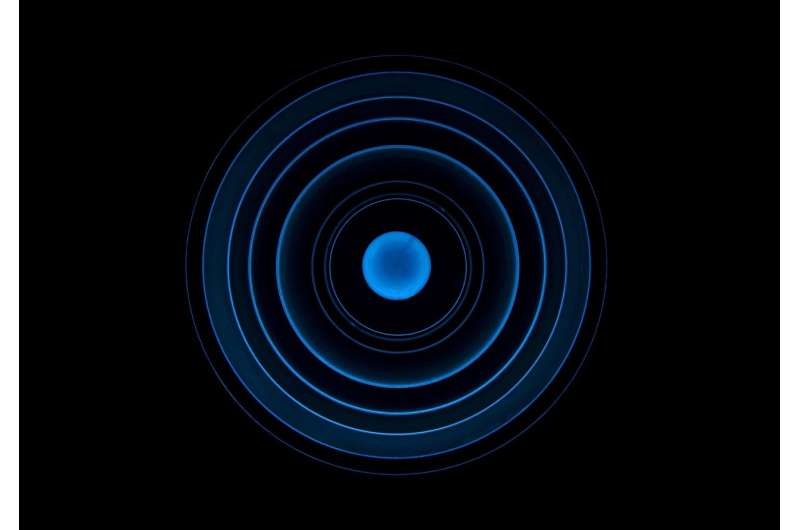This article has been reviewed according to Science X's editorial process and policies. Editors have highlighted the following attributes while ensuring the content's credibility:
fact-checked
peer-reviewed publication
proofread
Scientists raise minimum magnetic field of a single measurement to sub-femtotesla level

A research team has, for the first time, realized the quantum amplification of an extremely weak magnetic field by using dark spin, with the magnetic field magnification exceeding a factor of 5,000 and the single magnetic field measurement accuracy reaching 0.1fT level. The study is published in Proceedings of the National Academy of Sciences.
Quantum amplification is an effective means to achieve precise measurement of a weak electromagnetic field, but the performance of spin quantum amplification is limited due to the constraints of initialization of gaseous spin, coherence time and readout sensitivity. Overcoming these limitations is very important for releasing the full potential of quantum amplification.
In order to solve the above problems, researchers have put forward the concept of dark-state spin quantum amplification and carried out experiments in the mixed system of gaseous xenon and rubidium atoms. In this system, gaseous xenon atoms are used as the amplification medium, and rubidium atoms polarized by laser are used as the polarization and readout means of xenon nucleus spin.
Unlike previous experiments in which the mixed gaseous atoms are in the same space, the processes of polarization, amplification and readout are usually carried out at the same time. The researchers in this paper have found a new way to separate the processes of polarization, amplification and readout by manipulating the experimental conditions, such as rubidium atom polarized laser and xenon atom bias magnetic field, so that the xenon nucleus spins in a dark state during the quantum amplification process, which is free from interference from polarized rubidium atoms and exerts more potential of quantum amplification.
The researchers found that the spin coherence time of a xenon nucleus in dark state in this system is as long as 6 minutes, which is an order of magnitude higher than before. The observed gain of the longer dark spin on the weak magnetic signal was amplified by about 5,400 times. As an application, the combination of dark spin amplification and atomic magnetometer realizes that the minimum detectable magnetic field reaches the sub-femtotesla level (1fT = 10-15T) in a single measurement (about 500 seconds).
This work sheds light on biomedical fields such as heart-brain magnetic diagnosis, extremely weak magnetic field measurement of chemical molecules and dark matter detection.
The research team was led by Prof. Peng Xinhua and Associate Prof. Jiang Min from University of Science and Technology China (USTC) of China Academy of Sciences (CAS).
More information: Min Jiang et al, Observation of magnetic amplification using dark spins, Proceedings of the National Academy of Sciences (2024). DOI: 10.1073/pnas.2315696121
Journal information: Proceedings of the National Academy of Sciences
Provided by University of Science and Technology of China



















